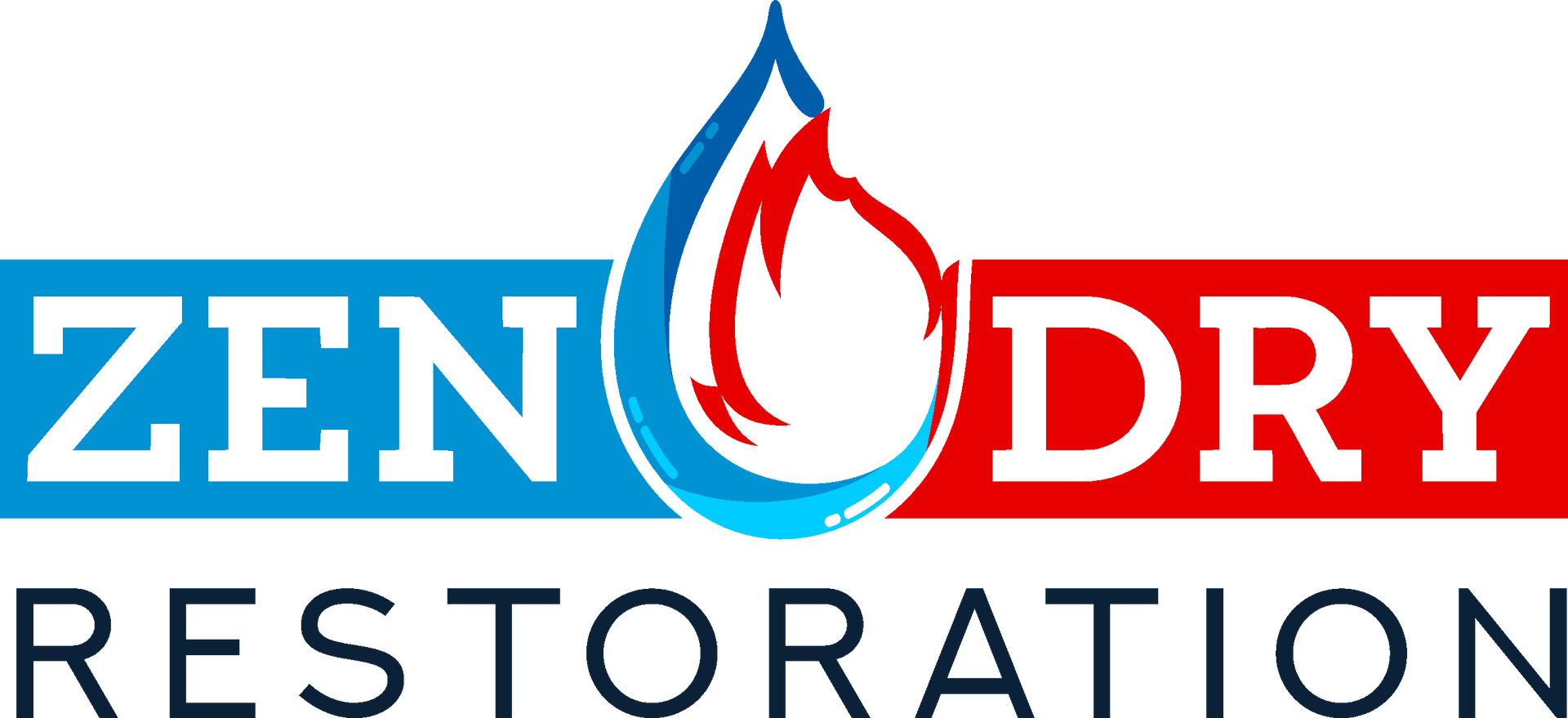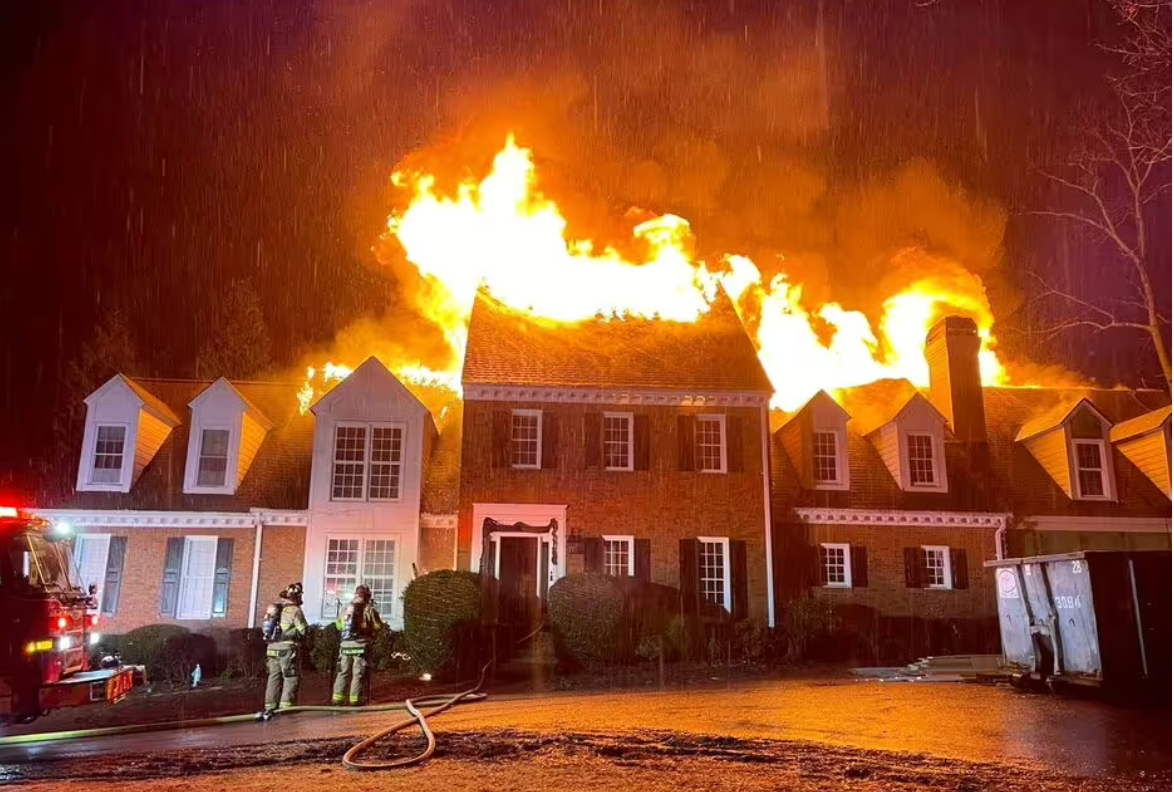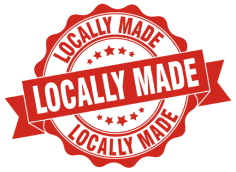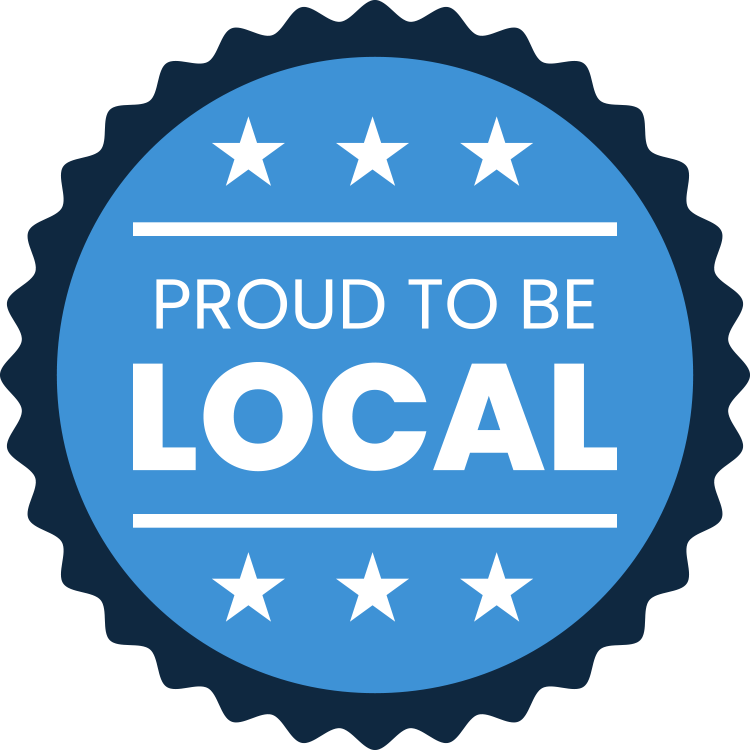Phone
Location
What’s The Difference Between Mold Removal and Mold Remediation?
Sometimes, a building or home can be contaminated with mold. This is not always a serious problem, but when mold is found in places where people live and work, it can be very dangerous. The two most common types of solutions to this problem are mold removal and mold remediation. In this guide, we’ll be covering what is mold removal & remediation and what’s the difference between them as well as which one is right for your specific situation.
What is Mold Removal?
Mold is an organism that grows on surfaces, such as walls, floors, and ceilings. The mold spreads through the air and can be found in various places like the bathroom, kitchen, and basement. The most common type of mold is black molds which are typically found in damp areas such as bathrooms or kitchens.
Mold removal is important because it can cause health problems for people in the area where the mold has been located such as respiratory problems, eye irritation,headaches, nausea, and other symptoms.
There are many ways to remove mold depending on the severity of the issue with your home and how much damage has been done by the mold already. One of the most common ones includes cleaning and disinfecting surfaces, using anti-fungal sprays, and removing the mold with chemical agents.
Mold removal can be a difficult process because it's not always possible to see the mold. It's important to remove the source first before removing the mold with a bleach solution or other disinfectant solutions.
Some common DIY ways for mold removal include using natural detergents like vinegar, baking soda, and peroxide, and using specialized cleaners like enzyme cleaners that break down organic compounds into their basic elements.
What is Mold Remediation?
Mold Remediation is the process by which a building or structure is cleaned of mold contamination. The process may include the removal of mold and parts of the building that have been affected by mold growth, remediation (the process of removing or mitigating damage caused by mold), and restoration (the process of returning a building to its original or near-original condition).
There are many ways to remove mold depending on the severity of the issue with your home and how much damage has been done by the mold already. One of the most common ones includes cleaning and disinfecting surfaces, using anti-fungal sprays, and removing the mold with chemical agents.
Mold removal can be a difficult process because it's not always possible to see the mold. It's important to remove the source first before removing the mold with a bleach solution or other disinfectant solutions.
Some common DIY ways for mold removal include using natural detergents like vinegar, baking soda, and peroxide, and using specialized cleaners like enzyme cleaners that break down organic compounds into their basic elements.
Mold Remediation can sometimes be an expensive process, but it can be done on a DIY level if you have the right tools. Here are some DIY tips for mold remediation:
- Wear protective gear like gloves, goggles, and masks.
- Make sure you have enough ventilation during cleanup to avoid toxic fumes from the mold spores in your home or office.
- If you want to use bleach as a part of your cleaning process, make sure that it's safe for use around children or animals.
TOP 5 Signs You May Need Mold Remediation Service
Dark Spots
Dark spots are one of the most common signs of mold infestation. They are often found on ceilings, walls, and floors, they can also be found on woodwork, wallpaper, and carpeting. And they appear as black or dark stains that look like ink stains. If you see these dark spots in your home, it's a good idea to start looking for mold.
These dark spots are caused by water damage from leaks or flooding. They can also be caused by moisture from condensation or steam. It is important to recognize these dark spots and act quickly by calling a professional immediately to prevent further damage to your home or business.
Water Damage
When water damage occurs, it can cause the growth of mold in your home. Molds need oxygen to survive so they tend to grow where there is plenty of it - like under a sink,near a shower drain, or around toilet bowls and toilets which may have been flooded with water.
Water damage can be one of the leading causes of mold growth. It's important to take precautionary measures when cleaning the affected area to prevent any further spread of the problem.
Condensation
Condensation is a natural phenomenon that occurs when there is a difference in temperature between the outside air and the inside air. This process leads to the condensation of water vapor in the air, which can be seen as fog. When this happens, it can lead to mold resulting from fungus or bacteria.
This type of mold typically grows on buildings with humid climates and high levels of humidity, condensation-related molds are not harmful but they should be taken care of because they can spread quickly and cause damage to property if not remedied properly. This type of mold can grow on any item that is wet or damp. It grows in places where there is condensation, such as on walls, windows, and roofing materials.
Allergic Reactions
Mold exposure can cause allergic reactions. This is because mold spores are microscopic and can be inhaled. When the spores enter the body, they release chemicals that cause an allergic reaction in the body.
Mold exposure can cause a variety of health problems such as asthma, bronchitis, sinusitis, and more. It is important to be aware of the symptoms of exposure to mold and take appropriate precautions.
The most common symptoms of mold exposure include:
- Coughing or wheezing.
- Shortness of breath.
- Chest pain or tightness.
- Headache.
- Fatigue, weakness, or dizziness.
Mold Odor
Most people know that mold is made of bacteria and fungi. But what they don't know is that mold also has a smell. It's not just a slight smell, it's something you would be able to smell from a distance. The smell of mold is often described as musty, earthy, and musty. It is often compared to the smell of wet hay, damp wood, or mildew.
Mold can also be found in houses with poor ventilation or where there are leaks in the roof or walls.
In order to avoid mold exposure, you should make sure to keep your house clean and dry. Keep the humidity level low by opening windows during the day and using dehumidifiers at night when possible.
The tips below are some of the most important things to keep in mind when choosing a good Mold Remediation Company:
- Check reviews online.
- Look for experience and expertise.
- Ask for references.
- Consider cost.
Mold Remediation Services in Marietta, GA
Don’t let removing mold from your property become a stressful experience. Leave the hard work to the experts at Zen Dry Restoration! Contact us online today or call us at (678) 468-3435 to learn more about efficiently, safely, and permanently removing mold from your Georgia home.
Coming Next
QUICK LINKS
CONTACT
Phone
Location
111 Village Parkway, Marietta, GA 30067
QUICK LINKS
CONTACT
Phone
Location
All Rights Reserved | Zen Dry Restoration | Privacy | Powered by Aletheia Digital
